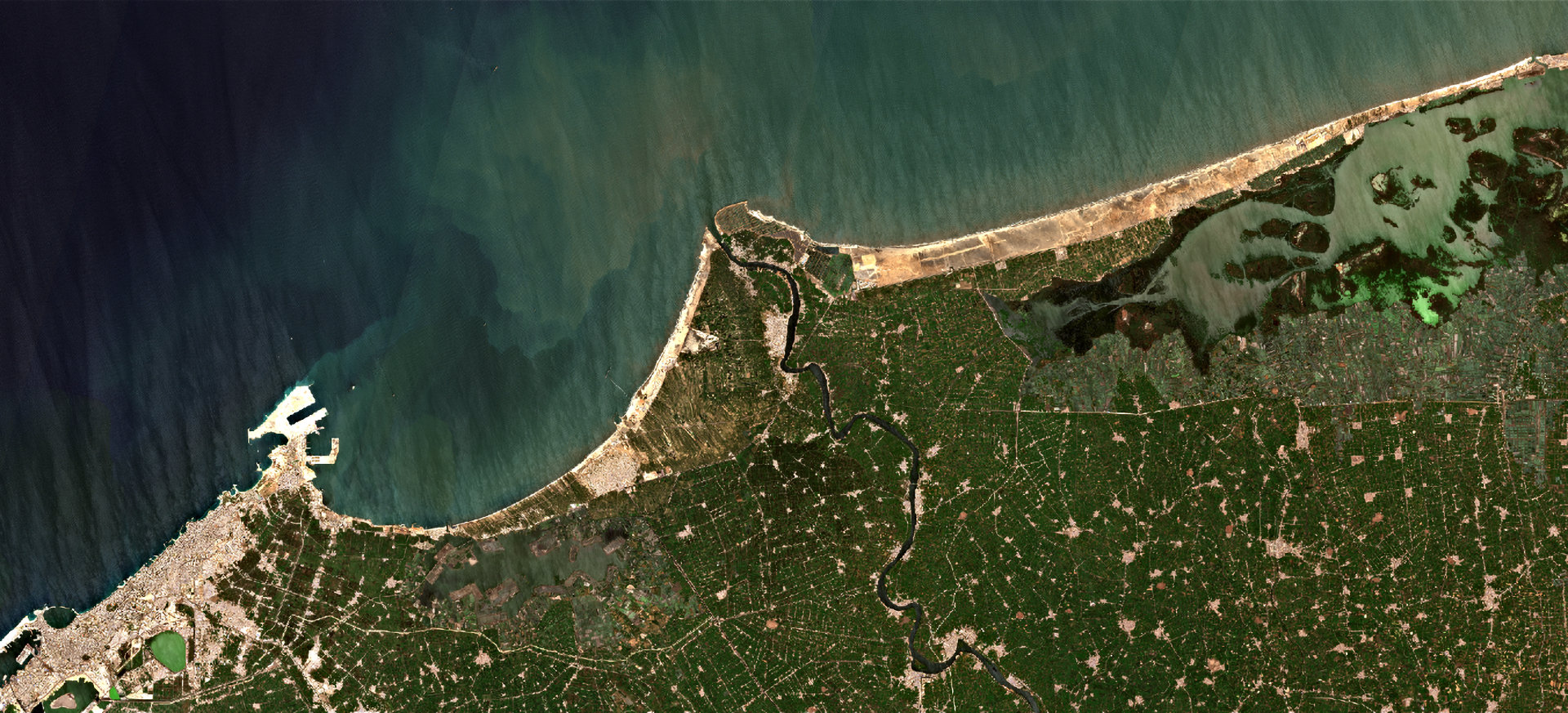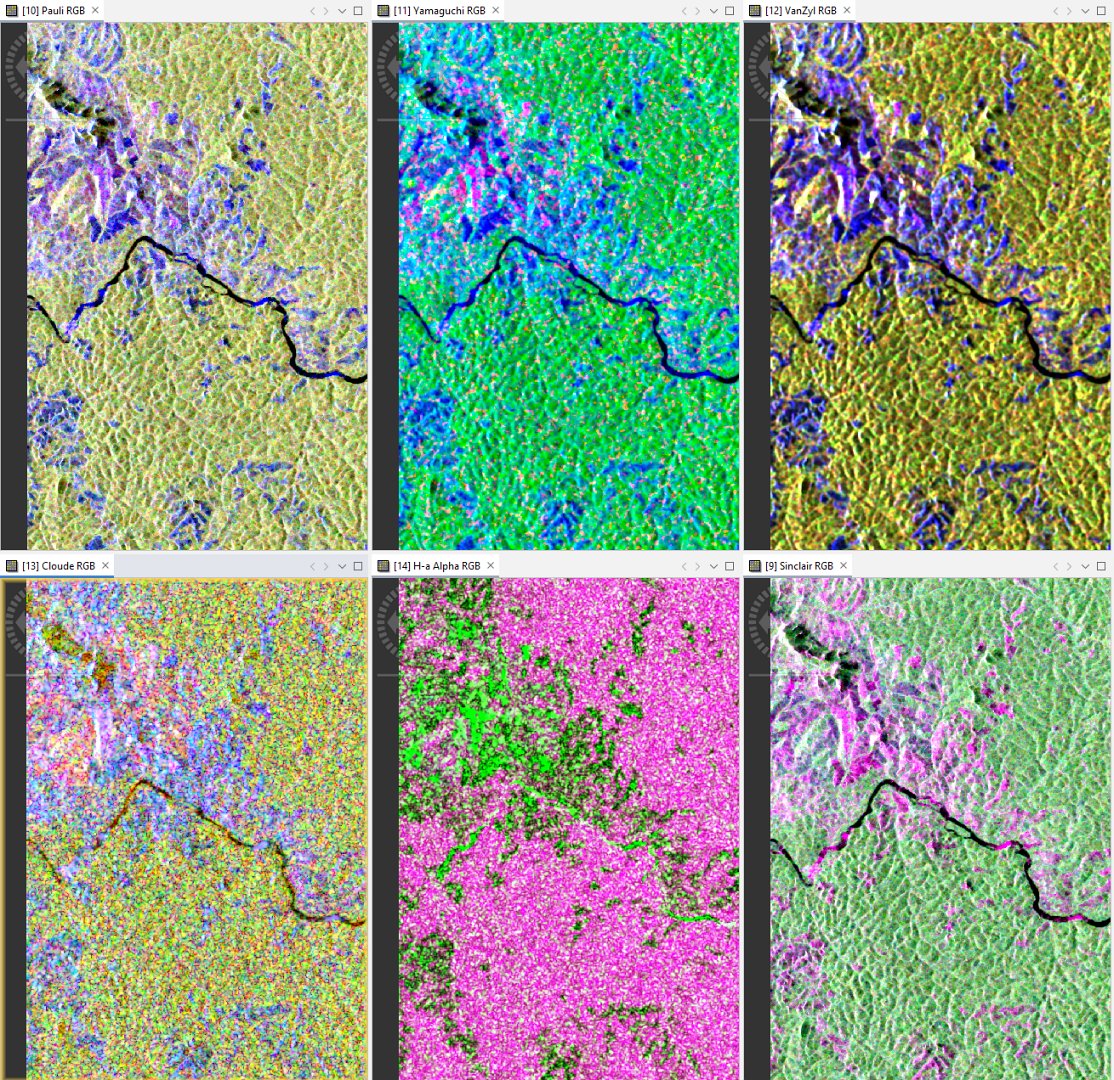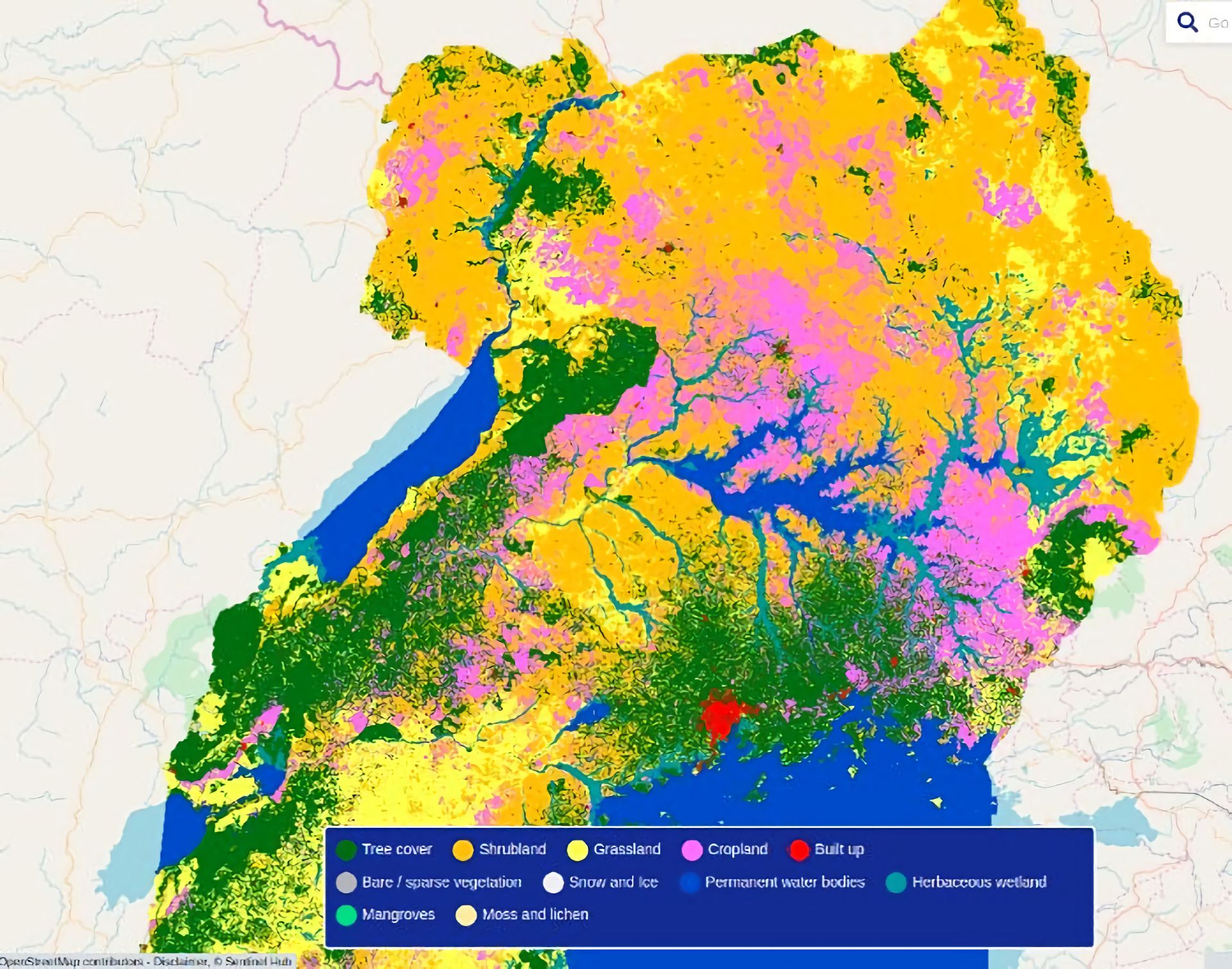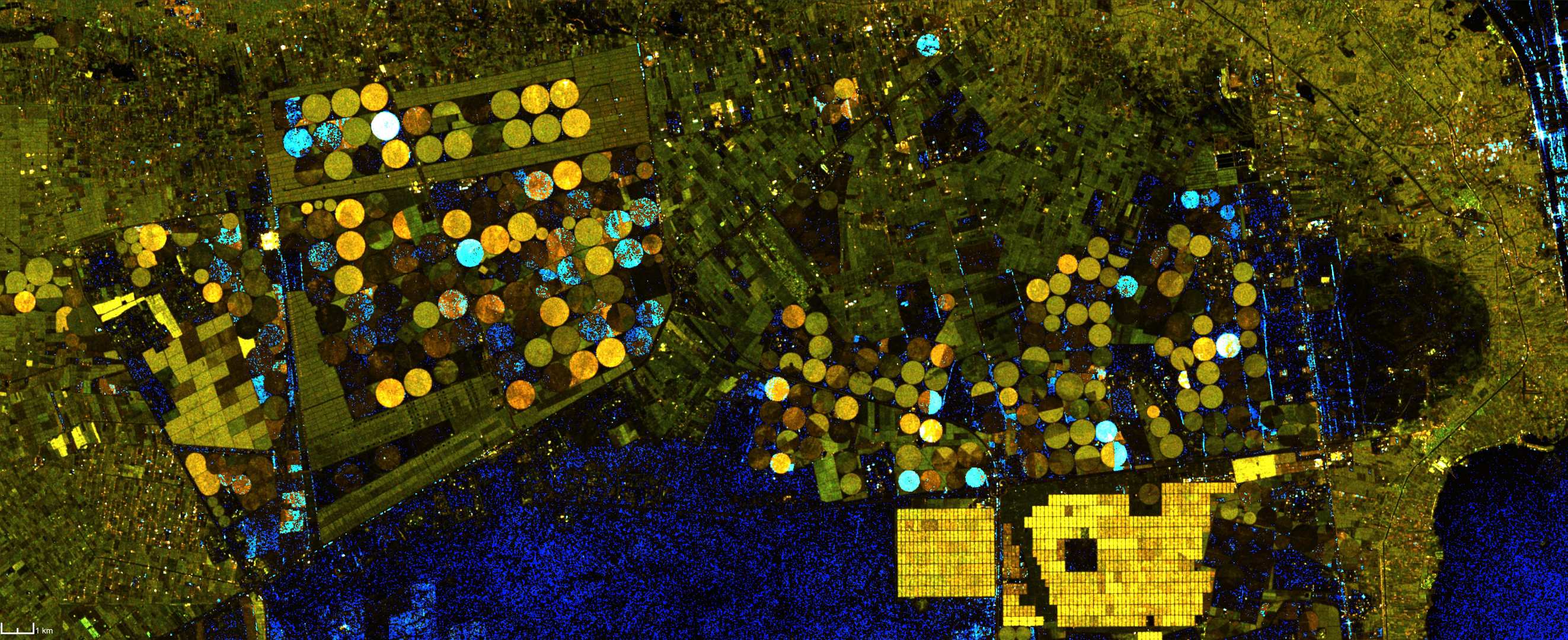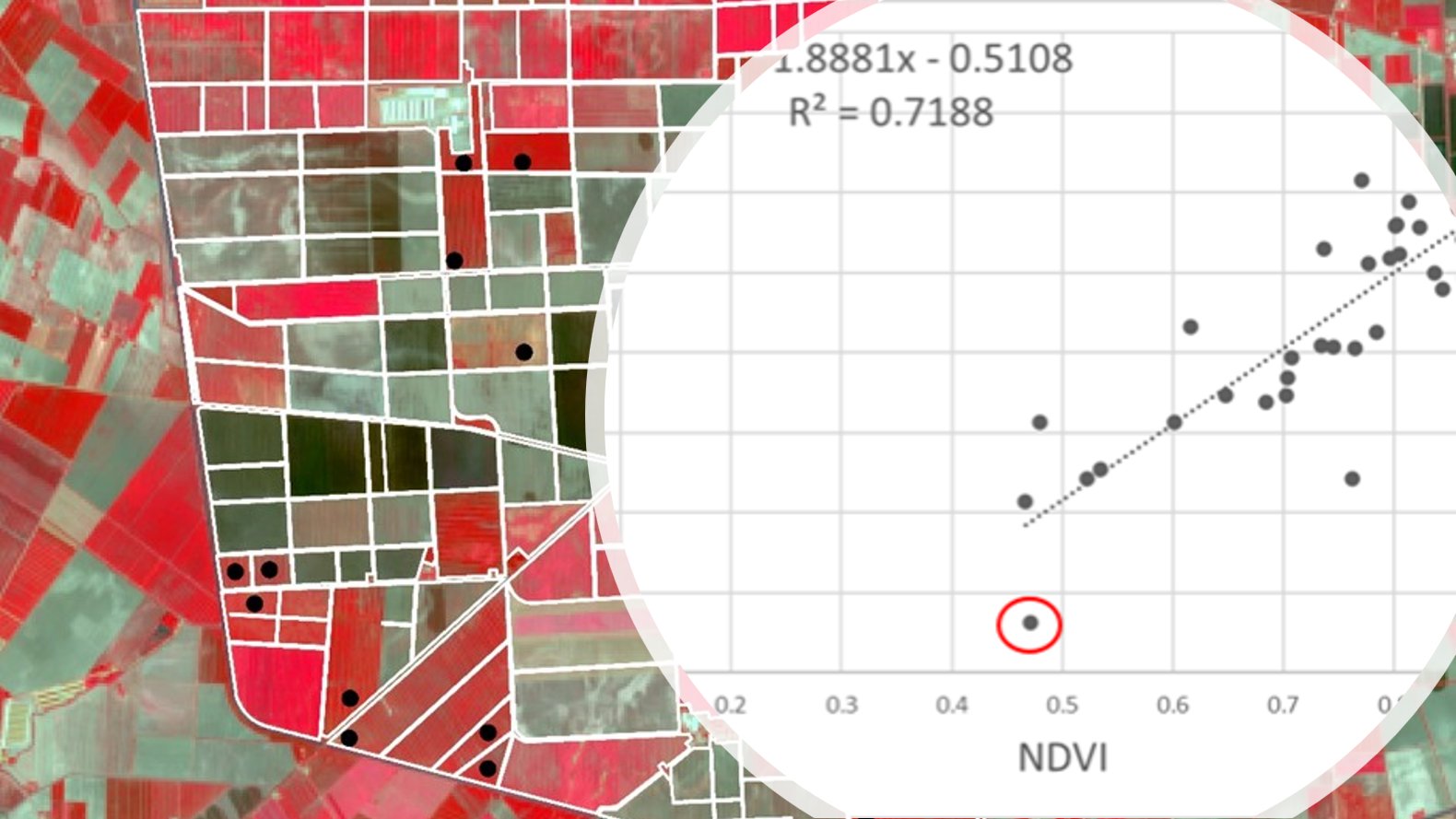21st on the EO AFRICA R&D Facility Webinar Series is now available in our YouTube channel
The 21st Webinar on the EO AFRICA R&D Facility Webinar Series is now available in our YouTube channel: Deriving Water Quality Indicators and Indices from Sentinel-2 Using Cloud Computing The webinar explores the methodologies for deriving water quality indicators from
Read more
